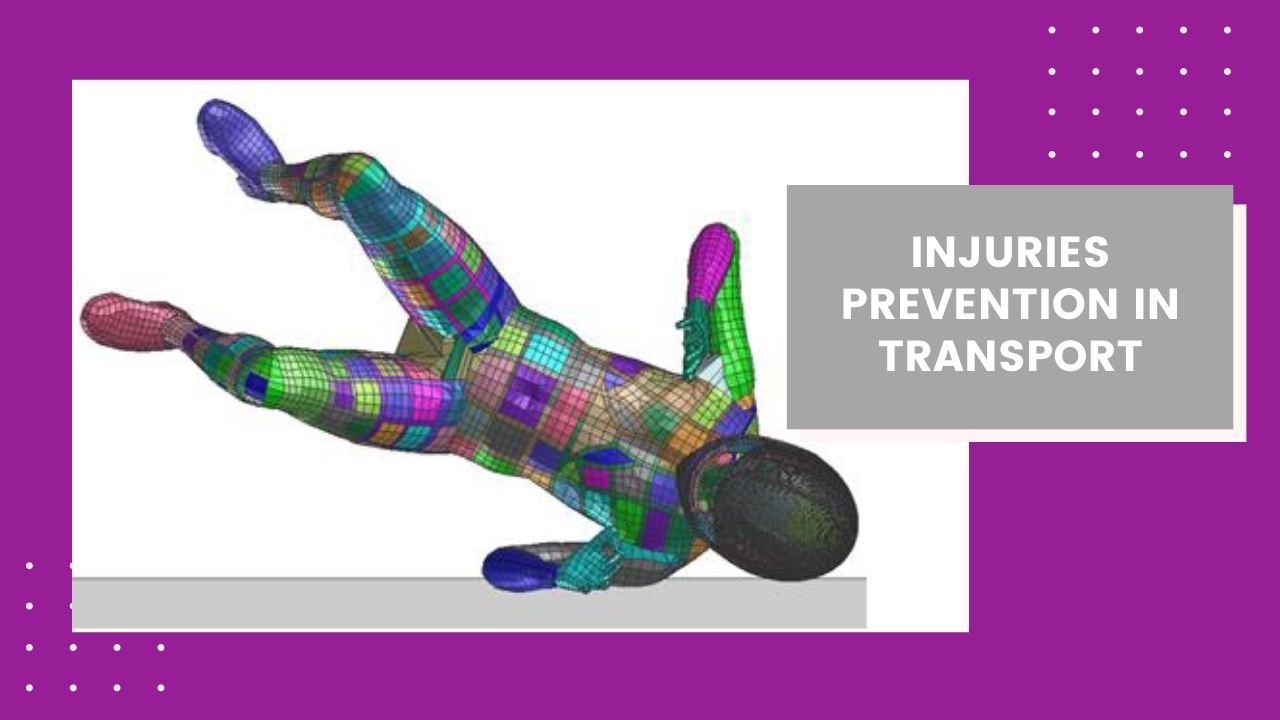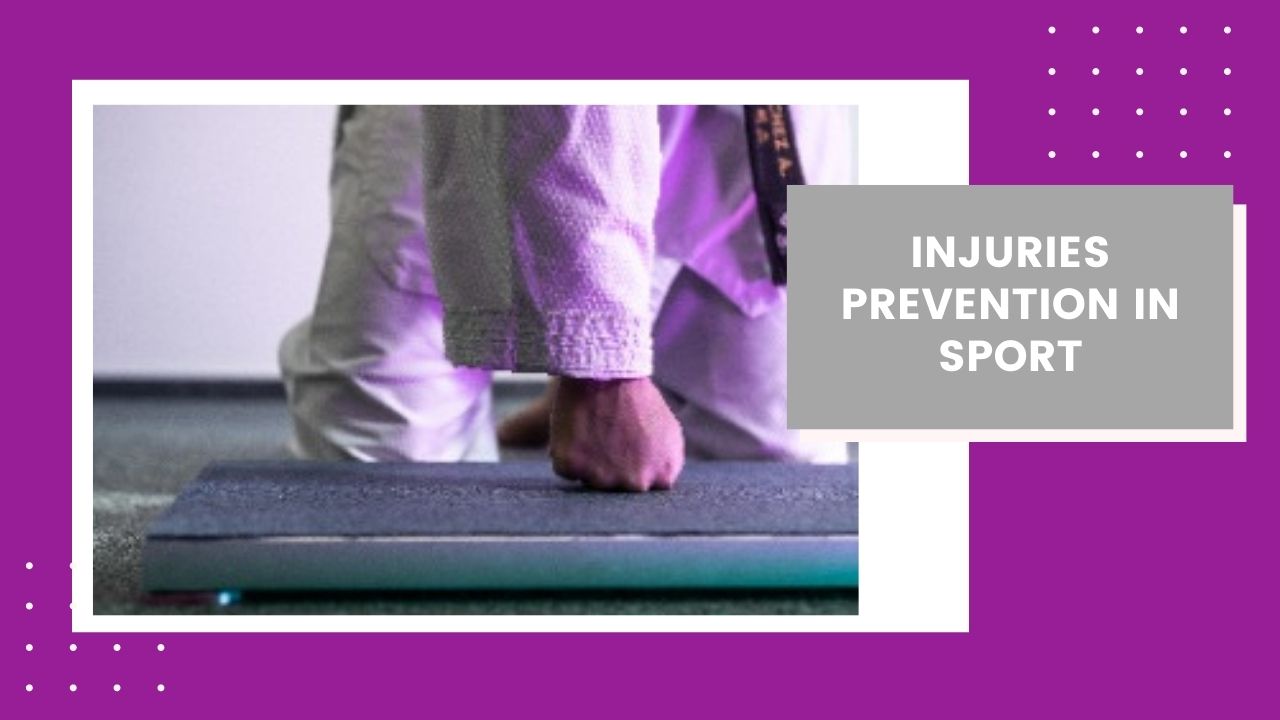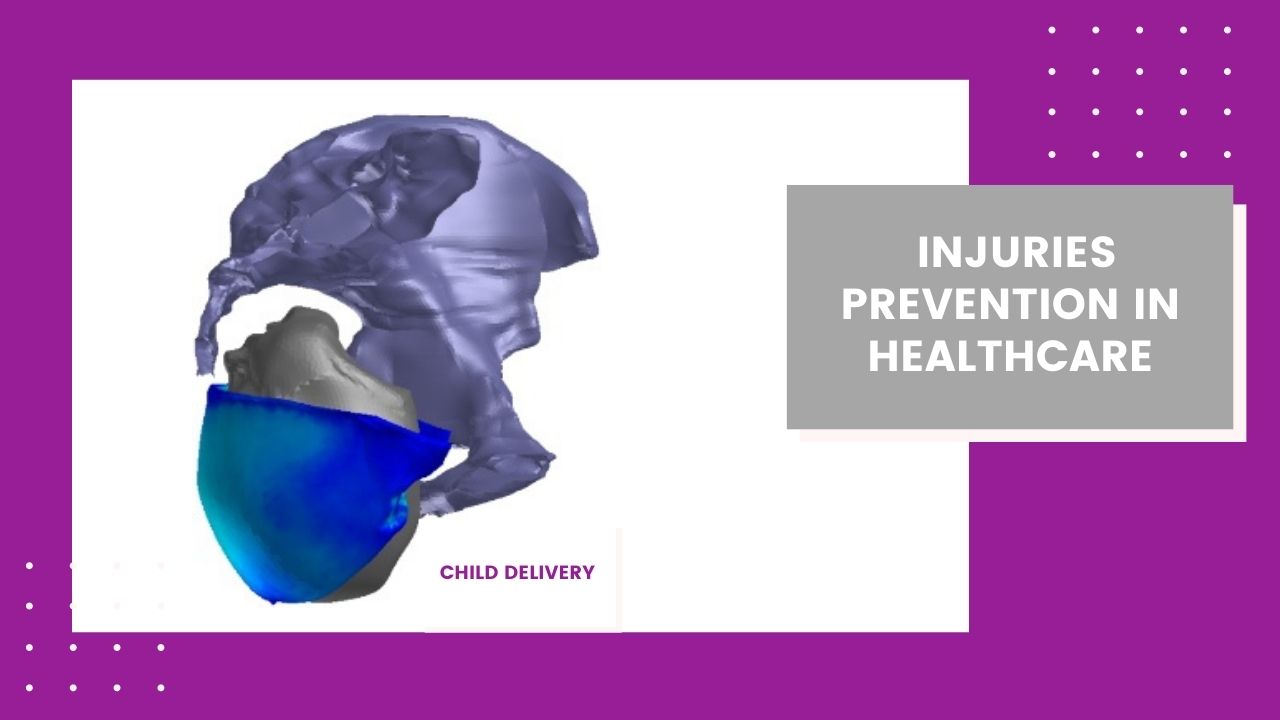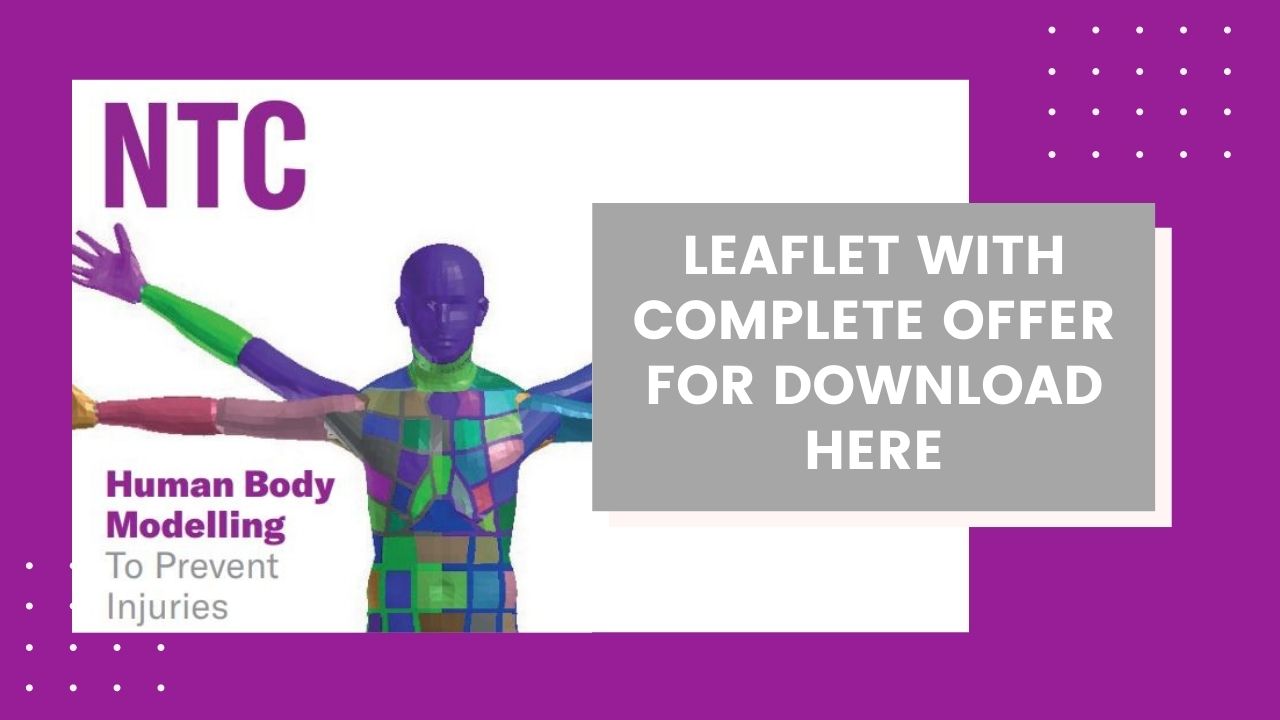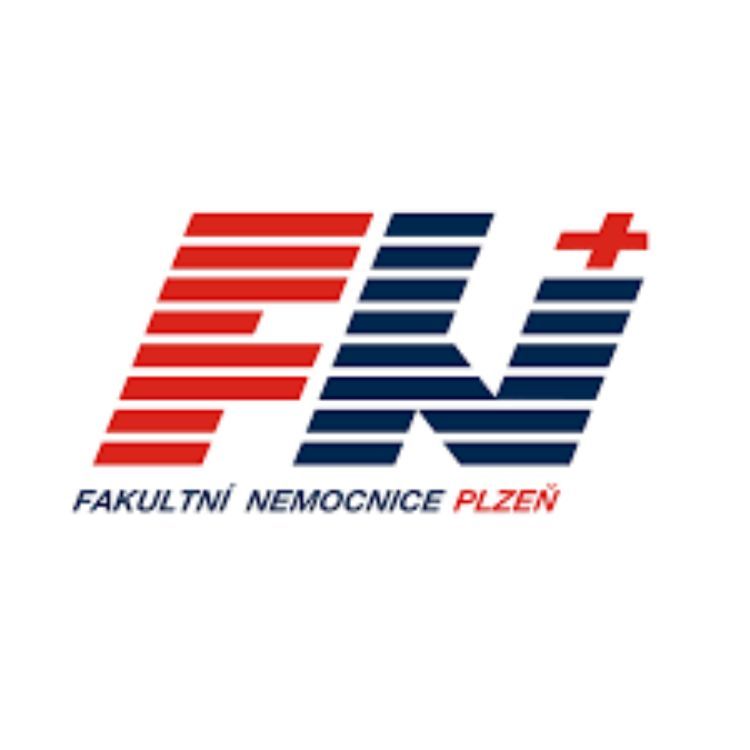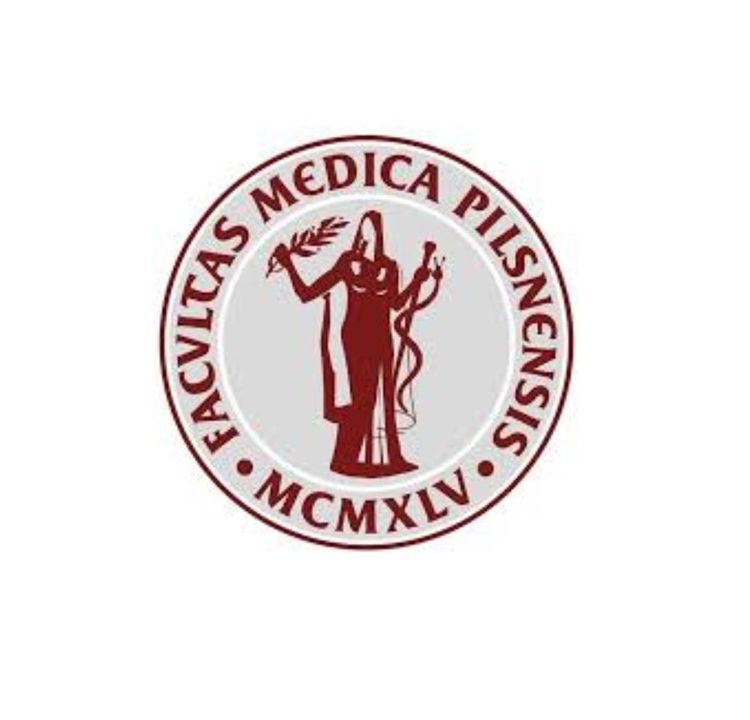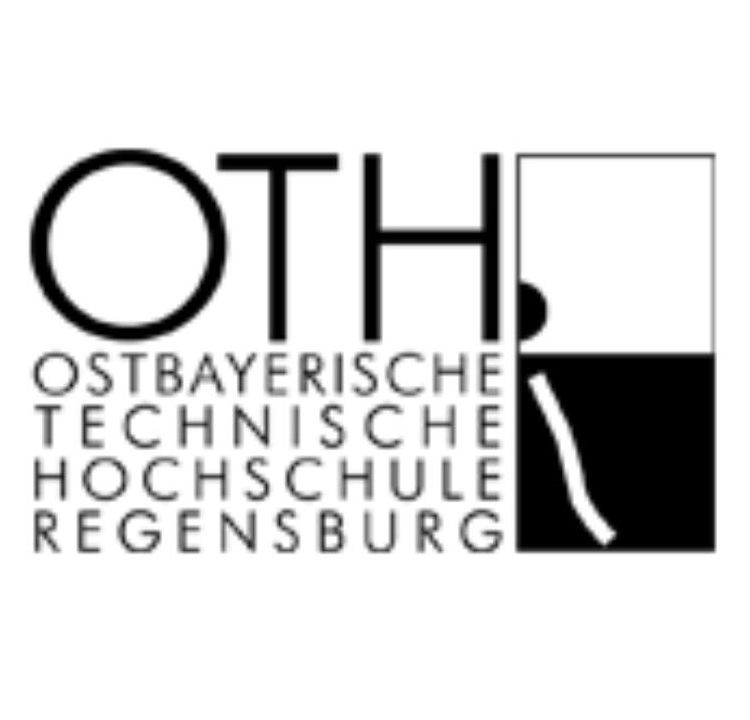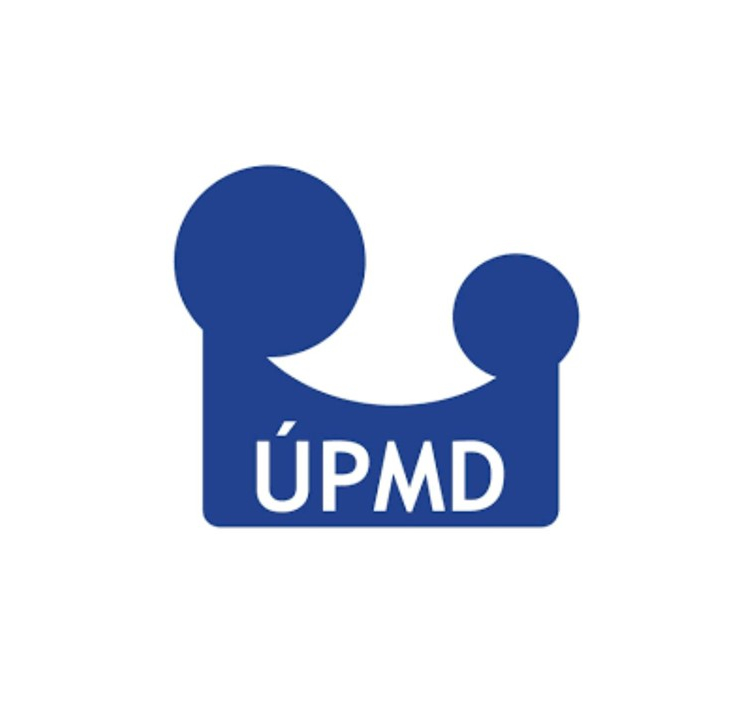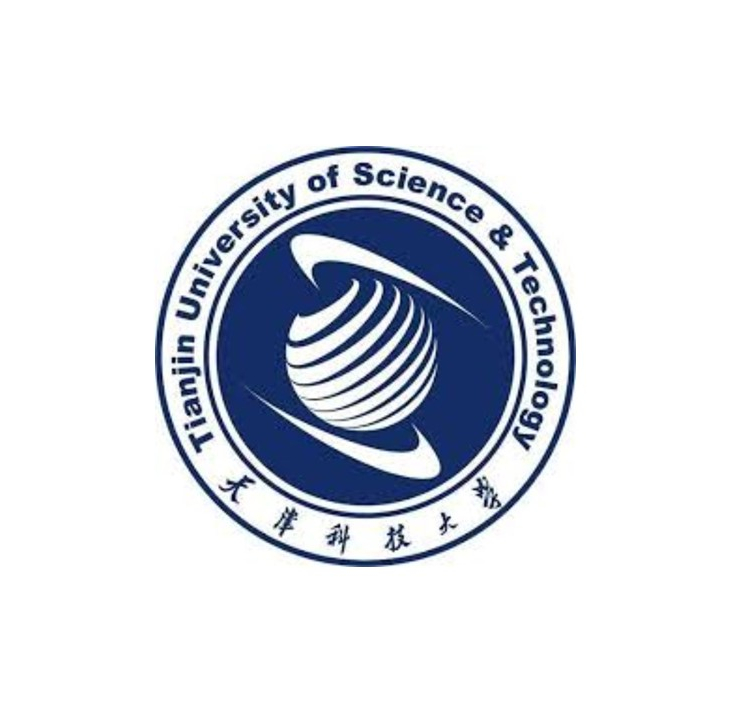
BIOMECHANICAL HUMAN BODY MODELS (HBM)
WHAT ARE WE DEALING WITH?
We deal with injury prediction using virtual biomechanical models.
Transport
- Development of human models, including the "Virthuman" model
- Case and parametric studies, injury prediction
- Accident reconstruction
- Safety of future mobility
Sport
- Muscle-skeletal model of the human body
- Complex model of the shoulder joint
- Detailed hand model
- Gait analysis
Healthcare
- Interaction of the human body and medical equipment
- Prediction of injuries during childbirth, the effect of forceps and vacuum device, manual perineal protection
- Lower limb prosthesis optimization
EQUIPMENT
- Kistler 9286BA portable power boards up to 10kN (600mm x 400mm)
- Commercial PC software: VPS, Ansys (advantages of both software: deformable FEM models, characterization of soft tissue properties, performing appropriate measurements) AnyBody Modeling System (advantages: bone shapes based on MRI and CT, real anatomy and physiology of joints, an active model with consideration of muscle attachments and trajectories)
- Custom PC software: Virthuman (VPS module) - advantages: MBS model with deformable segments, anthropometric and age scaling, simple positioning, fully validated, multipurpose use, injury prediction based on EuroNCAP
The offer of the HBM department
- Prediction and analysis of tissue load and injury in impact scenarios and medical applications
- Prediction of birth injuries based on virtual models and assessment of the impact of the intervention (obstetrician intervention)
- Analysis of postural balance, walking, jumping, etc.
- Injury prevention and performance analysis in sport
- Calculation of muscle activity in the prescribed movement
Examples of our services:
- Numerical analyzes of the effect of an impact on the human body, including an assessment of the existence of injuries (crash tests, traffic accidents)
- Musculoskeletal analysis of human body load
- Product optimization from the point of view of stress and safety (design and testing of personal protective equipment)
Use:
- Automotive industry and transport (crash tests, accident analyzes)
- Sport (injury prevention, performance prediction, optimization of protective equipment)
- Healthcare (prosthetics, optimization of procedures in medicine)
Current selected projects - HBM
PELVITRACK – PELVIc Floor Evaluation live TRACKing – Real-time prediction of perineal trauma - Programme: Horizon Europe - EIC Pathfinder - grant agreement no. 101186212 - April 2025 - March 2029.
PELVITRACK’s ambition is to enable the systematic prevention of PFDs, ensuring earlier diagnosis, more reliable prognosis, and more efficient care. More specifically, the project will design a real-time turnkey lab-scale solution to monitor perineal tearing during VD and minimize pelvic traumas.
Integration of biomedical research and health care in the Pilsen metropolitan area - Project of the Operational ProgrammeJohannes Amos Comenius - European Fund: ERDF - 2025-2028
The aim of the project is a closer integration of biomedical research and health care with optimal transfer of research findings to the clinical level and ultimately improving health care in the metropolitan area of Pilsen
TRANS-SAFE (HE) - "Transforming Road Safety in Africa" - Horizon Europe calls - grant agreement no. 101069525 - September 1, 2022 - August 31, 2026
The project aims to improve transportation safety in African countries. The primary focus of the HBM department in this project is to develop numerical simulations of typical accidents, utilize them as demonstrators, and propose potential improvements. Currently, typical bus accidents in Ghana are being studied, along with an evaluation of the risks to passengers considering the use or non-use of seatbelts.
Pelvic floor disorder prevention, Program INTERREG Bavaria – Czech Republic 2021-2027 - co-funded by the European Union, 01.07.2023 – 30.06.2026, project number BYCZ01-014_3PD
The goal of the project is the development and implementation of a modular non-invasive system for the prevention of pelvic floor disorders in order to improve individual quality of life and reduce the burden on the healthcare system.
Completed selected projects - HBM
Application of Modern Technologies in Medicine and Industry (AMTMI), Ministry of Education, Youth, and Sports in the program "Operational Program Research, Development, and Education" in the call "Pre-application Research for ITI," May 1, 2018 - October 31, 2022, project number: CZ.02.1.01/0.0/0.0/17_048/0007280
The aim of AMTMI is to develop methodologies and algorithms to refine the mathematical and experimental modeling of tissues and biological fluids. The project requires close collaboration with medical disciplines. It includes modeling of tissue perfusion and regeneration, hemodynamic processes in blood vessels, bone tissue and osteosynthesis, and biomechanical models of the human body.
Virtual models for optimization of medical training, Cross-border cooperation program the Czech Republic - Free State of Bavaria, EUS objective 2014-2020, 1.7.2021 - 31.12.2022, project no. 337
The major goal of the project is to improve a virtual model of the pelvic floor and to develop a motion feedback system. These will then be combined to create a training tool for obstetricians and midwives.
Obstetrics 2.0 - Virtual Models for Injury Prevention During Childbirth, Cross-border Cooperation Program Czech Republic - Free State of Bavaria, EUS Objective 2014 - 2020, 1.1.2018 - 31.12.2020, project no. 182
The main aim of this project is to optimize manual perineal protection (MPP) as a method that decreases injury risk during childbirth.
Virtual Human Model for the Prevention, Therapy, and Rehabilitation of Shoulder Complex Pathologies - Cross-Border Cooperation Program Czech Republic - Free State of Bavaria, EUS Objective 2014 - 2020, 1.10.2016 - 31.9.2019, project no. 38.
The main aim of this project is to find new methods of prevention, diagnosis, therapy, and rehabilitation of shoulder complex pathologies.
HCENAT - Naturalness in Human Cognitive Enhancement, Norwegian funds, 2014 - 2017.
The project builds up a new international research partnership in the field of Human Cognitive Enhancement (HCE) and it will provide clear and accessible HCE-related analysis, guidelines, and directions for policymakers, stakeholders, HCE engineers and consumers. Its goal is to create a philosophically grounded, open and transparent framework for the description, assessment, and forecast of acceptability of HCE systems in public space and by society, as well as for HCE governance issues.
Rerearch team



